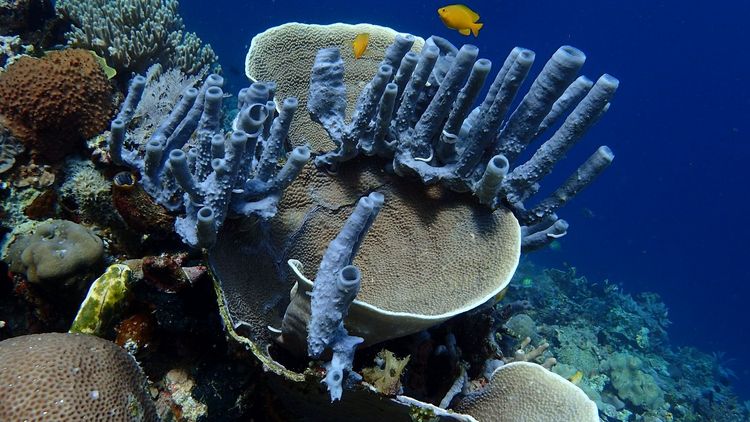Oldenburg. Any stone coral, creator of giant reef structures such as the Great Barrier Reef near Australia, began its life as a tiny floating larva. ICBM biologists Mareen Moeller, Samuel Nietzer and Prof. Dr. Peter Schupp found out which signal substances make these larvae settle down. Their findings have been published in the recent issue of Scientific Reports.
In the human nervous system, dopamine, epinephrine and glutamate have signaling function. In corals, these substances stimulate larvae to metamorphose to polyps as well as to settle down.
The results could help to reduce pressure on endangered coral reefs: Young corals brought up in aquaculture could minimize extraction of native corals from nature for aquarium purposes. Moreover, a new generation of corals could be bred for local restoration projects.
According to the scientists, large-scale coral bleeching events, currently observed due to climate change, would not be stopped by this means. To achieve this, climate change had to be tackled in the first place.



![[Translate to English:]](/f/5/_processed_/3/2/csm_ICBM-Logo-transparent-_91fe1c6774.png)
